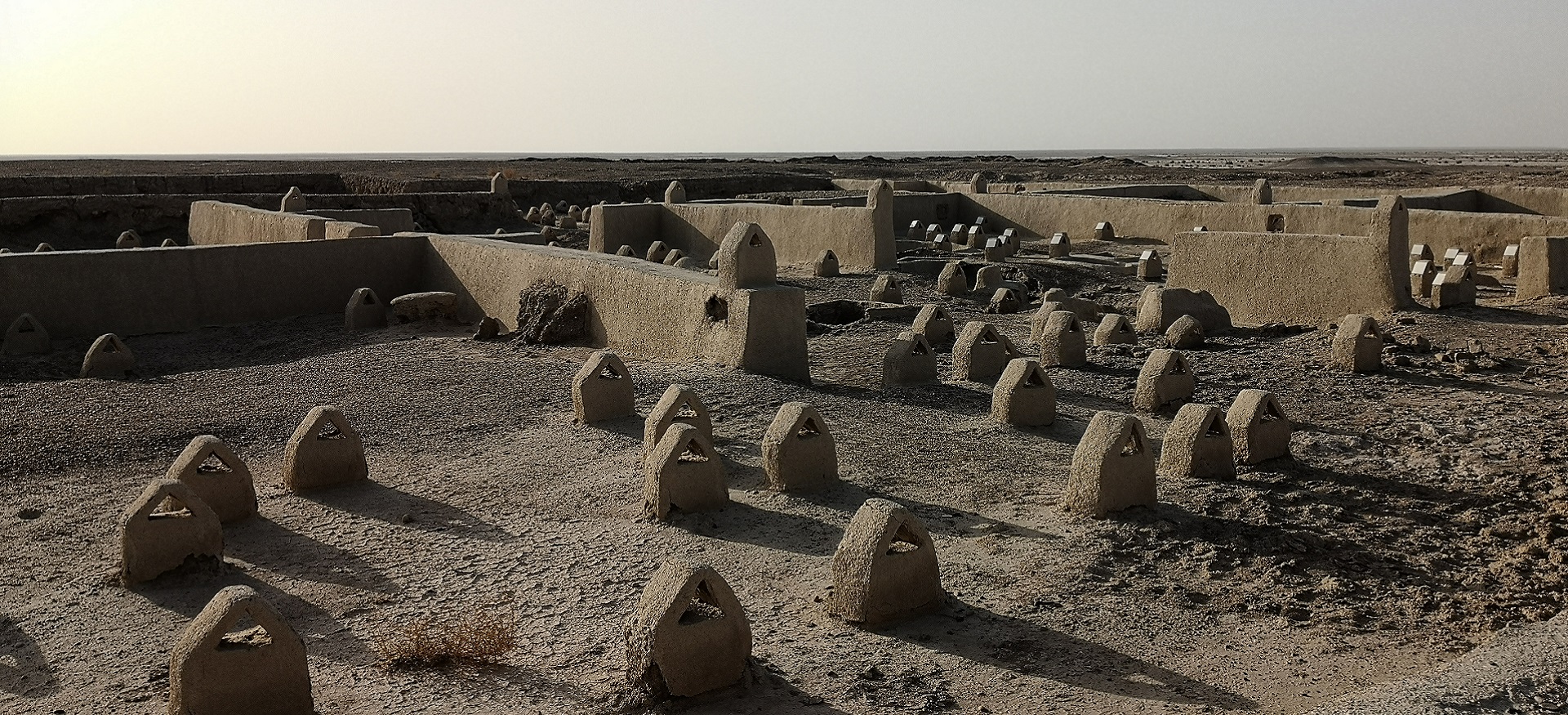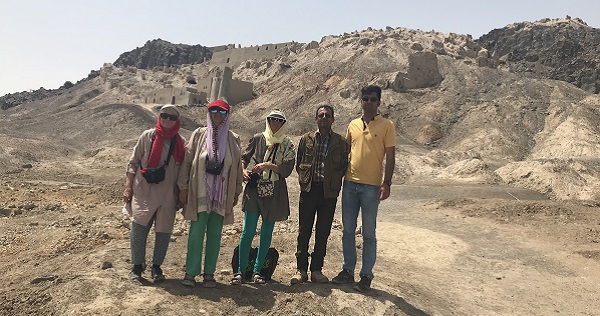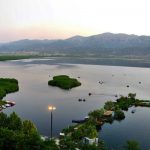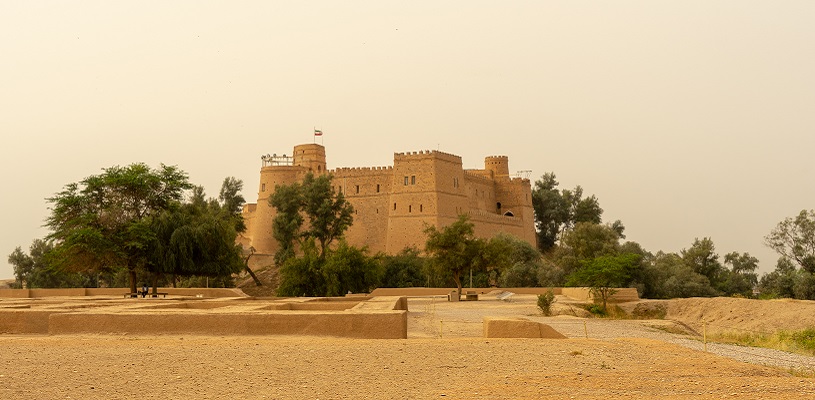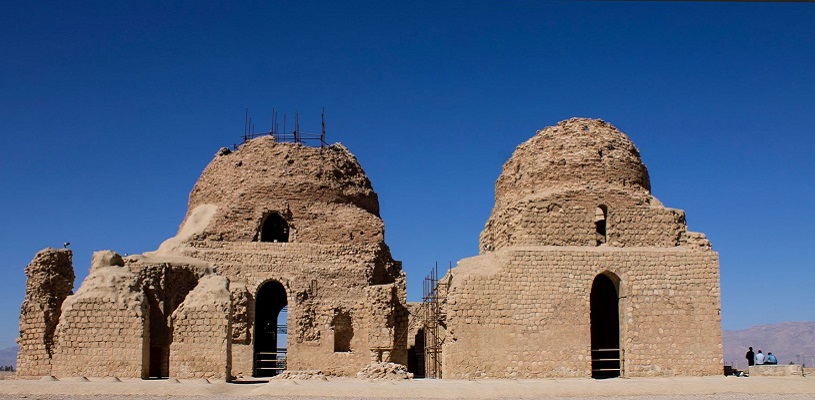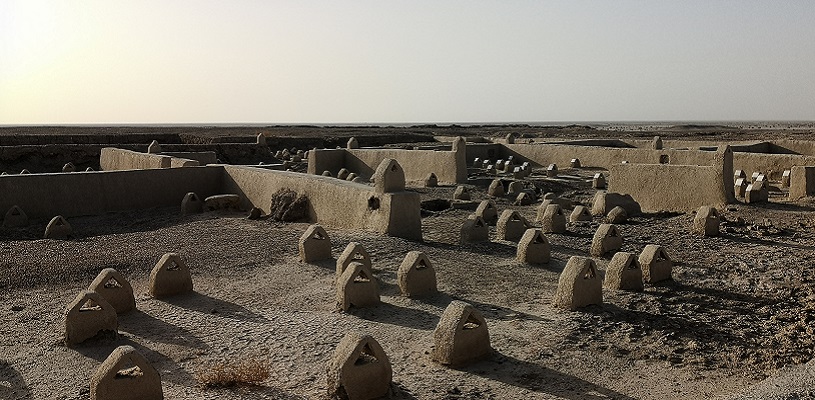
Shahr-i Sokhta | Jiroft, Sistan & Baluchestan, Iran | Shahr-e Sukhteh
Are you curious about the emergence of early complicated civilizations? Visiting Shahr-i Sokhta (or Shahr-e Sukhteh), meaning the burnt city, in Sistan and Baluchestan province will give you a deep insight into the foundation of the ancient well urbanized Persian societies. This ancient city has exhibited astonishing historical, scientific, industrial, and societal characteristics so much that the World Heritage Committee inscribed it on UNESCO’s World Heritage List. Indeed, Shahr-i Sokhta is a fitting example of an advanced urban settlement. Excited about discovering the secrets covered in the burnt heart of the ancient city?
Contents
- 1 Why visit Shahr-i Sokhta (Shahr-e Sukhteh)
- 2 Controversial Name of the Burnt City – Shahr-e Sukhteh
- 3 Wonders of the Burnt City – Shahr-e Sukhteh
- 4 History of Shahr-i Sokhta – Shahr-e Sukhteh
- 5 What to Expect in Shahr-e Sukhteh – Shahr i Sokhta
- 6 Shahr-i Sokhta Museum
- 7 More about Shahr-e Sukhteh
- 8 Like to check out Shahr-i Sokhta?
- 9 Shahr-e Sukhteh Tour
- 10 Shahr-i Sokhta on Map
Why visit Shahr-i Sokhta (Shahr-e Sukhteh)
- The ancient city of Shahr i Sokhta is designated as a World Heritage site by UNESCO.
- With a history of five thousand years, Shahr-i Sokhta is one of the most advanced ancient civilizations across the world.
- Above all, Shahr-i Sokhta is an outstanding example of early urban planning in the world.
- This area is among the richest archeological sites in the Middle-east.
- Shahr-i Sokhta civilization is particularly associated with Jiroft culture, one of the oldest civilizations on earth along with Helmand Bronze-Age culture.
- Archeologists could excavate a large number of artifacts in the region, which can reveal a lot about lifestyle of locals in the past.
- Shahr-i Sokhta was one of the largest cities and complicated societies of the world.
- You will visit an advanced ancient city located at the intersection of the Bronze-Age trade routes crossing the Iranian plateau.
Controversial Name of the Burnt City – Shahr-e Sukhteh
There has been a debate over the name of the city. Some believe that, as the name the burnt city suggests, Shahr-i Sokhta was set on fire several times over its history. On the other hand, some experts relate the ashes covering the site to the industrial prosperity of the region in the past. In fact, they propose that, due to the industrial activities, piles of ash covered the ancient town.

Aerial View of Shahr-i Sokhta – Shahr-e Sukhteh
Wonders of the Burnt City – Shahr-e Sukhteh
The first animation example in the world comes from Shahr-i Sokhta. In fact, a pottery goblet depicts a goat in several running positions around it, which seems to be running as you turn the dish. In addition, the skull of a 14-year old girl is indicative of their practice of a brain surgery. Also, the oldest dice ever found and a backgammon set from 3,000 BC were excavated in the Bronze-Age city of Shahr-i Sokhta. Most importantly, the earliest example of an artificial eyeball has been unearthed from this ancient city. Besides, a ten-centimeter ruler with high precision was among the excavated items.
History of Shahr-i Sokhta – Shahr-e Sukhteh
The amazing ancient civilization of Shahr-i Sokhta dates back to over 5000 years ago. Chiefly, the history of the burnt city comprises four periods: foundation, prosperity, decline, and destruction. Shahr-i Sokhta is one of the precious legacies of Sistan and Baluchestan province, established on the banks of Hirmand River and Hamoun Lake. Evidence suggests that Shahr-i Sokhta was a peaceful, well-urbanized civilization. Moreover, discovery of numerous artifacts is indicative of mastery of the inhabitants in various industrial areas.
Unlike its neighboring cities, the burnt city features no fortifications, towers, or gates. This is suggestive of a friendly interaction of this society with other cities. Also, archeologists have located no warfare, which reinforces this theory. Hence, the burnt city also enjoys the title of the “city of peace”. Apparently, changes in water courses and climate change forced the locals to abandon the city in the early second millennium. This uninhabited city remained under a thick blanket of ash for around 4000 years before its discovery. Furthermore, the dry desert climate of the region contributed to a better preservation of the area.
What to Expect in Shahr-e Sukhteh – Shahr i Sokhta
The ancient burnt city features transition from village habitation to a well urbanized society, exhibiting remarkable economic, social, cultural, and industrial achievements. Similar to other advanced urbanized cities, Shahr-i Sokhta consists of various distinct areas. This 280-hectare ancient city chiefly comprises a residential area, industrial zone, graveyard, and a monumental section. The residential area, in the northeast side of the city, featured houses with water and sewage pipe systems. In addition to functioning as the agricultural center of the region, the burnt city was home to industrial activities. Particularly, the industrial activities practiced in the city included blacksmithing, pottery, wicker, stone carving, and jewelry making. In the southwest lies a graveyard, where the dead had been buried with burial shrouds or clothes, food and pottery items.
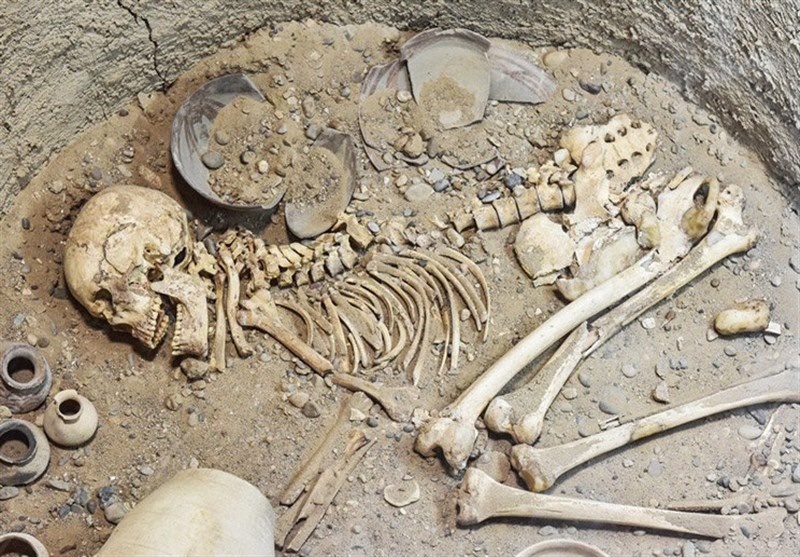
Shahr-e Sukhteh – Shahr-i Sookhta Graveyard Photo
Shahr-i Sokhta Museum
Across from the ruins of the burnt city, stands a museum, which showcases the discoveries from the excavations conducted in the burnt city, in addition to the culture and nature of the area. The museum consists of three sections: archeology, anthropology, and ecology.
Shahr i Sokhta Museum – Archeology Section
The archeology section is home to the artifacts unearthed during the excavations. Fabulous beads, potteries, stone tools, and skeletons are among archeological items, which amaze archeology admirers. In this section, you can also learn more about other ancient sites in southeastern Iran including Mount Khajeh, Espidezh fortress, and Jiroft.
Shahr-e Sukhteh Museum – Anthropology Section
In this section of the museum, you will have the opportunity of familiarizing yourself with the culture of the inhabitants of the region. Also, acquaint yourself with the astounding traditions, cuisine, costumes, and oral literature of people of Sistan and Baluchestan, Kerman as well as Khorasan.
Shahr i Sokhta Museum – Ecology Section
If you are curious about the ecology of Sistan and Baluchestan province you should also visit this section. Taxidermied animals and plants beside a large aquarium showcase the ecosystem of the region.
More about Shahr-e Sukhteh
Attractions Near Shahr-i Sokhta
The region of Sistan and Baluchestan offers a wide range of tourist attractions. Particularly, plenty of historical and archeological sites attract history and archeology enthusiasts. The castle on Mount Khajeh, Rostam historical Castle, Zabol Museum of Anthropology, and Zahedan Historical Bazaar are only some examples.
Nearby Restaurants
Hamisheh Bahar Restaurant
Arya Restaurant
Oshida Restaurant
Like to check out Shahr-i Sokhta?
Then hop aboard our Sistan tour.

